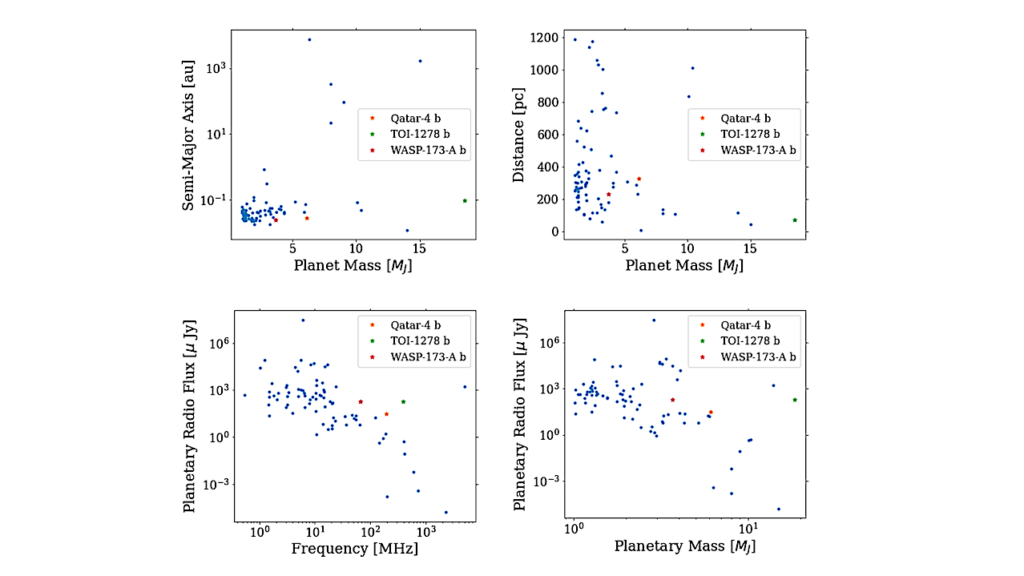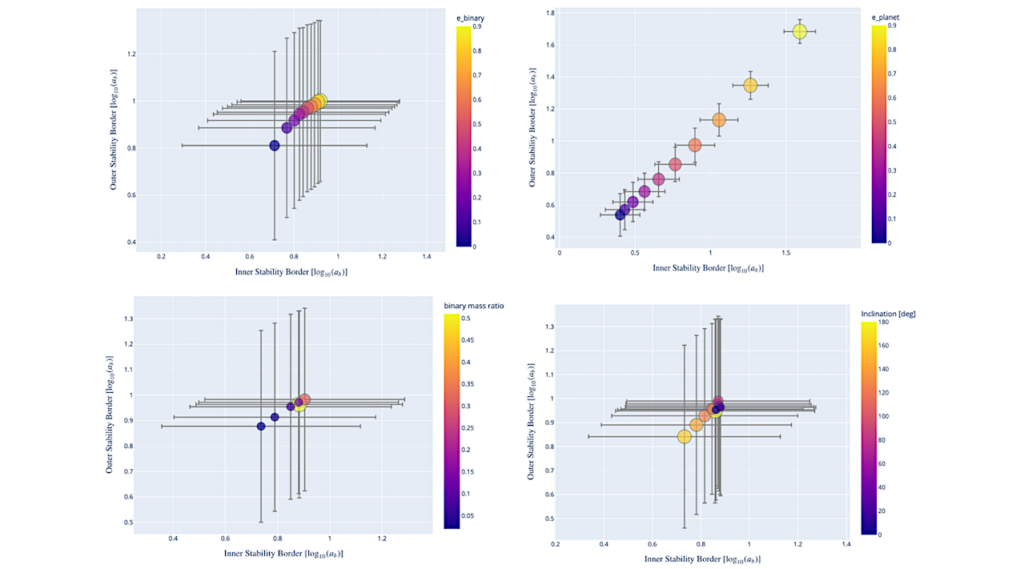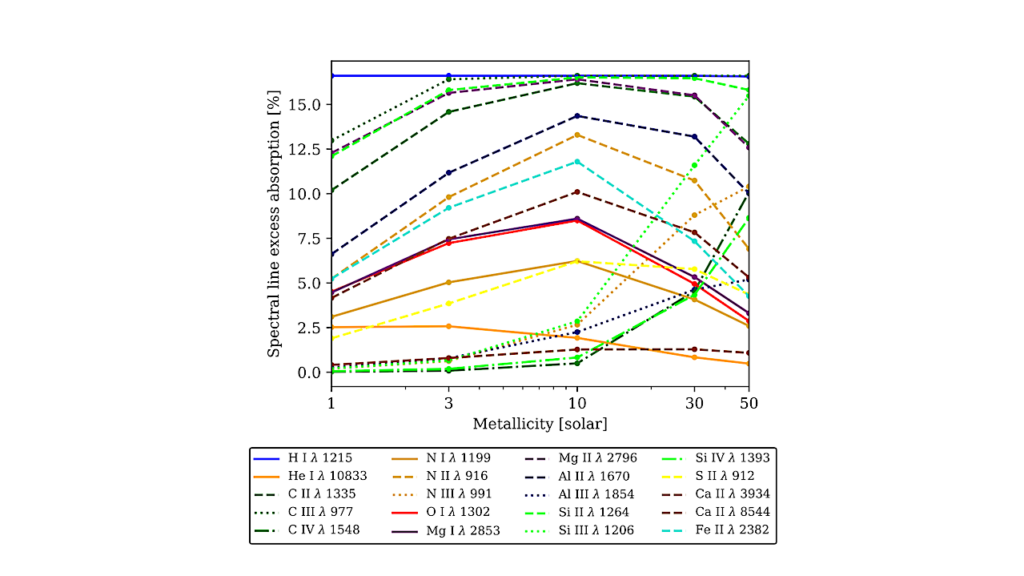Asymmetry and Variability in the Transmission Spectra of Tidally Locked Habitable Planets

Spatial heterogeneity and temporal variability are general features in planetary weather and climate, due to the effects of planetary rotation, uneven stellar flux distribution, fluid motion instability, etc.
In this study, we investigate the asymmetry and variability in the transmission spectra of 1:1 spin–orbit tidally locked (or called synchronously rotating) planets around low-mass stars. We find that for rapidly rotating planets, the transit atmospheric thickness on the evening terminator (east of the substellar region) is significantly larger than that of the morning terminator (west of the substellar region). The asymmetry is mainly related to the spatial heterogeneity in ice clouds, as the contributions of liquid clouds and water vapor are smaller.
The underlying mechanism is that there are always more ice clouds on the evening terminator, due to the combined effect of coupled Rossby–Kelvin waves and equatorial superrotation that advect vapor and clouds to the east, especially at high levels of the atmosphere. For slowly rotating planets, the asymmetry reverses (the morning terminator has a larger transmission depth than the evening terminator) but the magnitude is small or even negligible.
For both rapidly and slowly rotating planets, there is strong variability in the transmission spectra. The asymmetry signal is nearly impossible to be observed by the James Webb Space Telescope (JWST), because the magnitude of the asymmetry (about 10 ppm) is smaller than the instrumental noise and the high variability further increases the challenge.
Xinyi Song, Jun Yang
Subjects: Earth and Planetary Astrophysics (astro-ph.EP)
Cite as: arXiv:2107.14603 [astro-ph.EP] (or arXiv:2107.14603v1 [astro-ph.EP] for this version)
Submission history
From: Xinyi Song
[v1] Fri, 30 Jul 2021 12:57:25 UTC (2,032 KB)
https://arxiv.org/abs/2107.14603
Astrobiology








